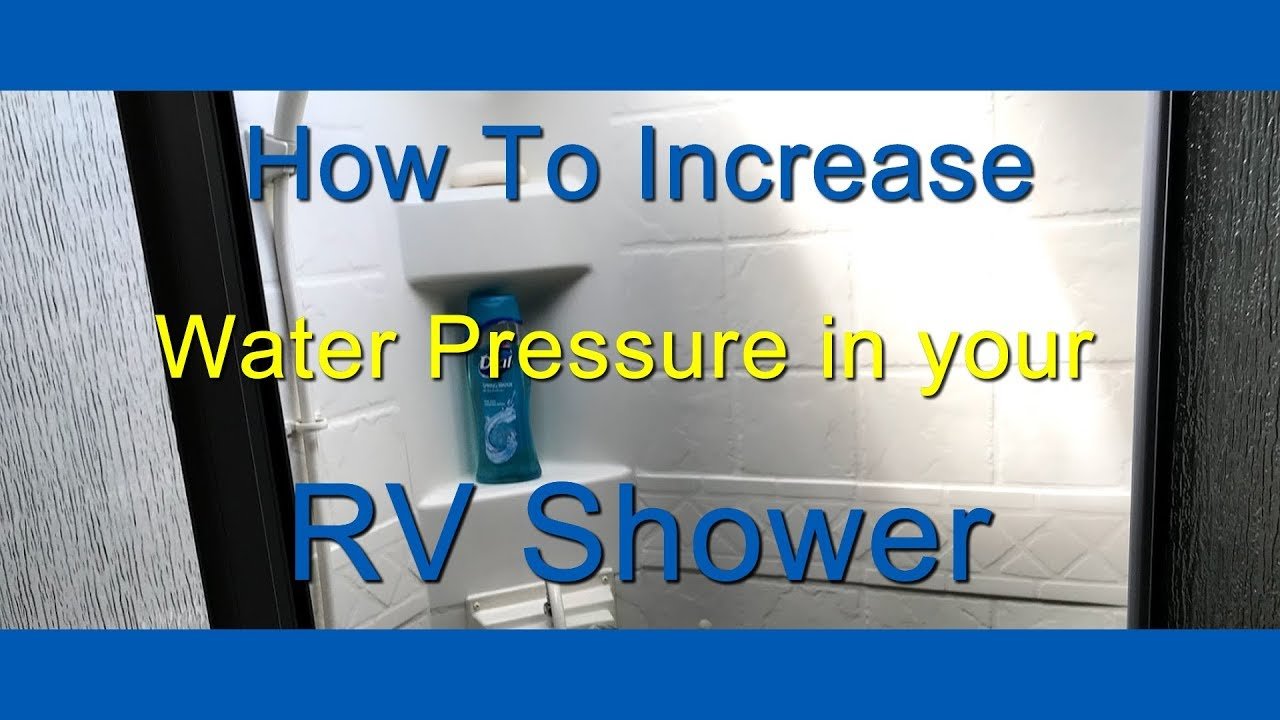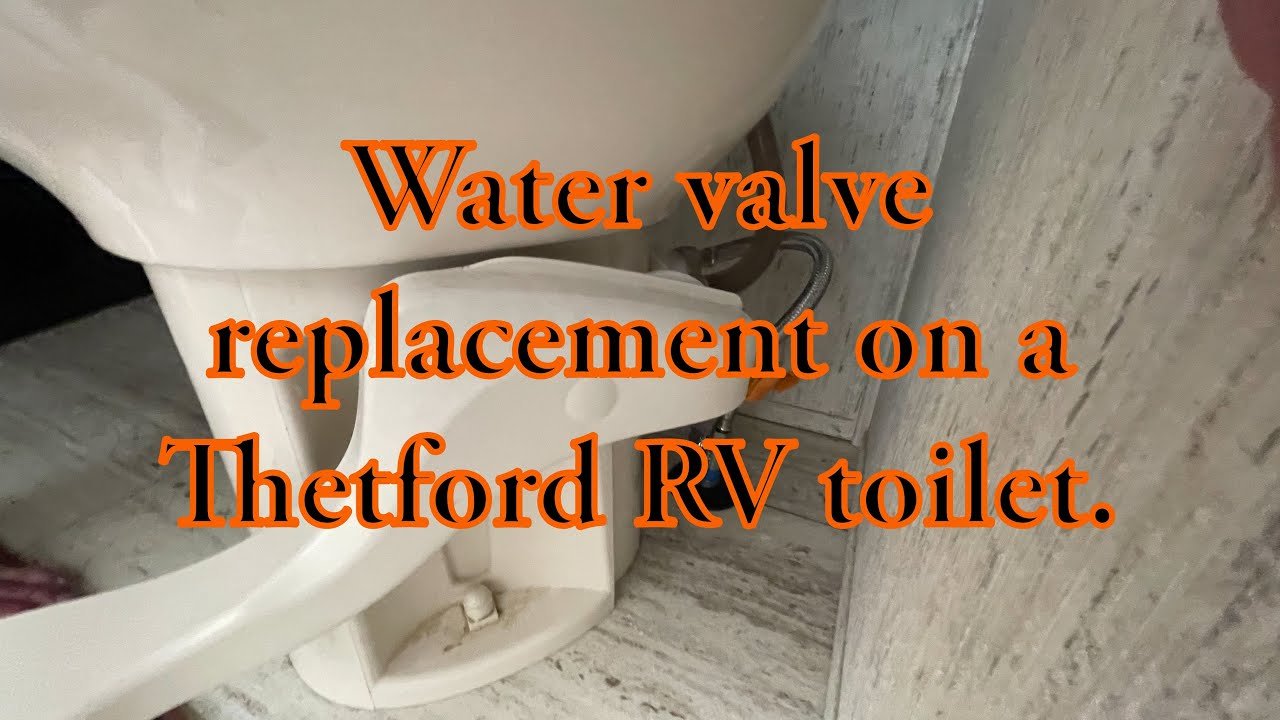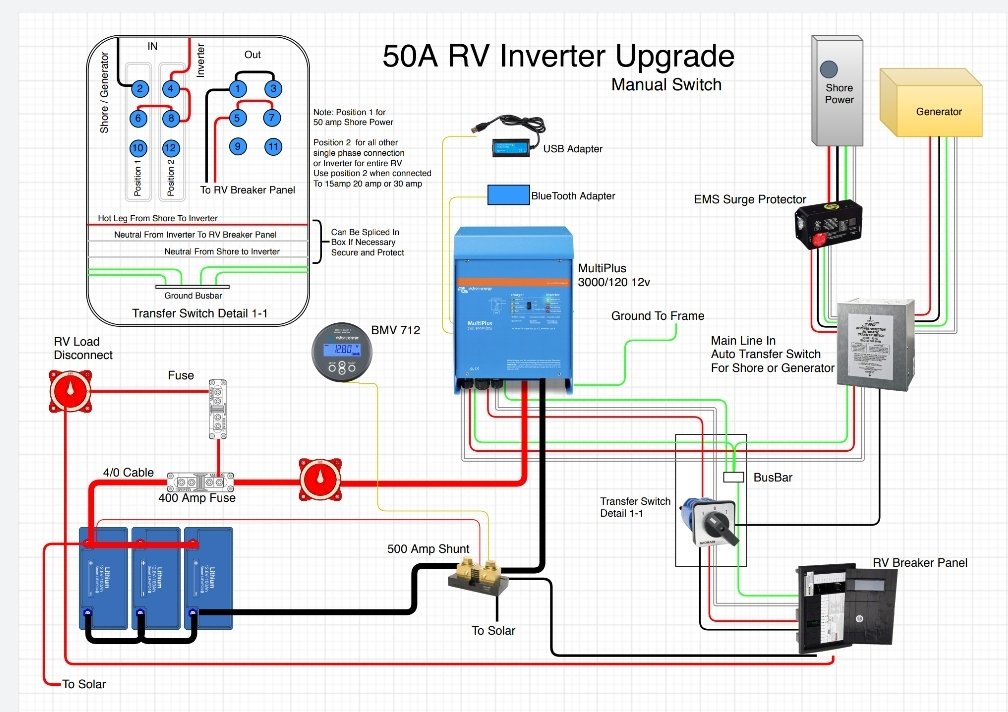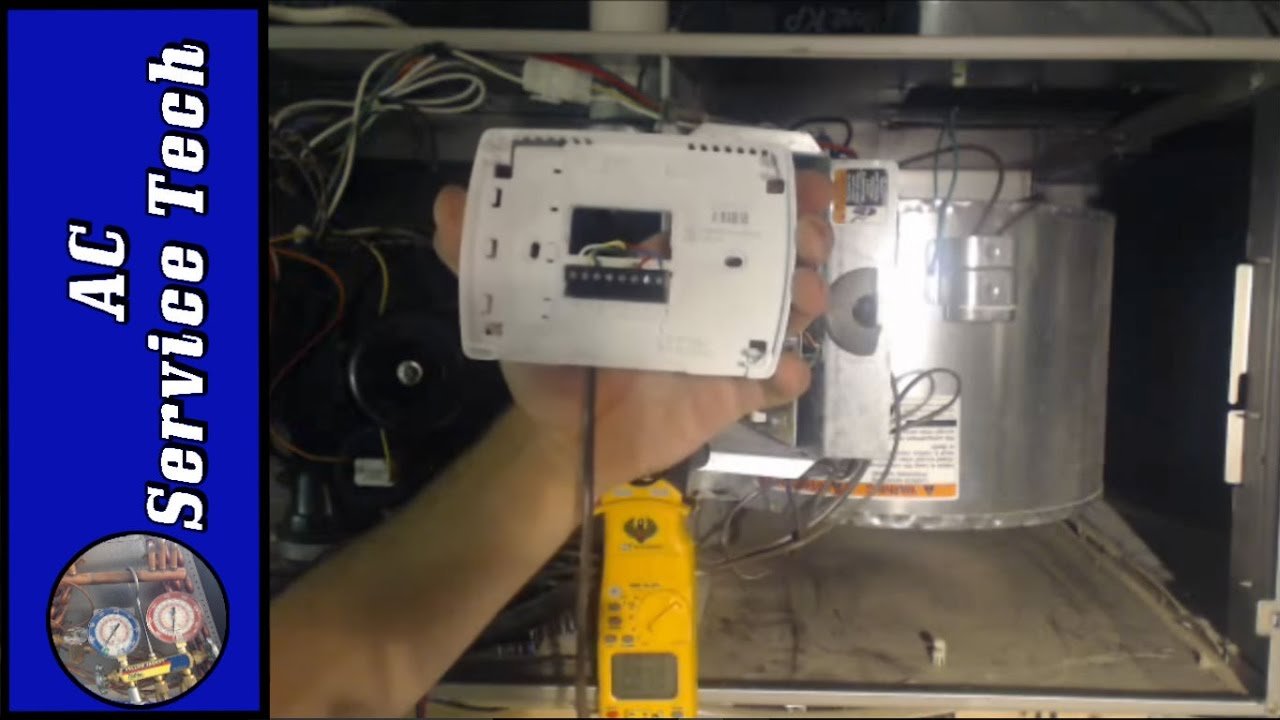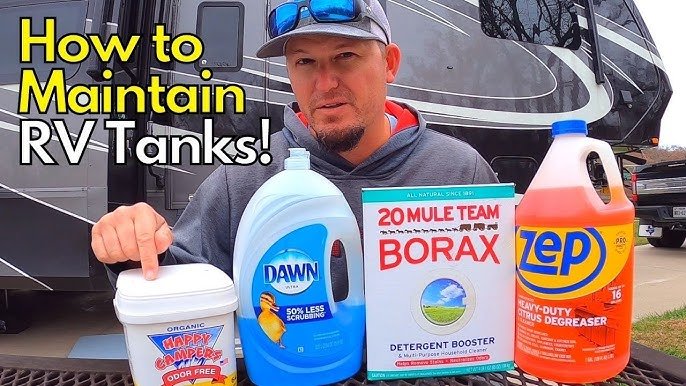Struggling with low water pressure in your RV? Don’t worry, you’re not alone.
Many RV owners face this issue, but there are solutions. Low water pressure can turn simple tasks into frustrating chores. Whether it’s washing dishes, taking a shower, or just filling a glass of water, weak pressure makes everything harder. The good news?
You can fix it! By understanding the common causes and implementing a few easy tips, you can enjoy a steady, strong water flow in your RV. In this guide, we’ll explore practical ways to boost your RV’s water pressure, ensuring you have a smooth, hassle-free experience on the road. Let’s dive in and get your water pressure back to where it should be!
Assessing Your Rv Water System
Increasing RV water pressure begins with a thorough assessment of your RV water system. It’s crucial to determine if the problem lies within the system or the water source. This step helps in identifying the right solutions to improve your water pressure. Let’s dive into the details.
Identifying Pressure Issues
First, check if the water pressure is low only at certain fixtures. If so, the problem might be local. Here’s how to identify pressure issues:
- Inspect faucets and showerheads for blockages.
- Check for leaks in the plumbing system.
- Ensure the water pump is functioning correctly.
- Examine the pressure regulator for any signs of wear.
Checking Water Sources
The water source can affect your RV’s water pressure. Follow these steps to check your water sources:
- Test the water pressure at the campground spigot.
- Use a water pressure gauge to measure the pressure.
- Compare the pressure with the recommended levels for your RV.
- If using a water tank, ensure it is filled adequately.
By assessing these areas, you can pinpoint the cause of low water pressure in your RV. This helps in implementing the right solutions to enhance your water experience.

Credit: www.youtube.com
Cleaning And Maintaining Pipes
Ensuring clean and well-maintained pipes is essential for good RV water pressure. Over time, pipes can accumulate debris and build-up. This can restrict water flow and decrease pressure. Regular cleaning and maintenance can prevent these issues.
Removing Debris And Build-up
First, turn off the water supply to your RV. Then, locate the pipes that need cleaning. Use a pipe cleaner or a small brush to remove any visible debris. This helps clear blockages and improves water flow.
Flush the pipes with a mixture of water and vinegar. This solution can dissolve mineral deposits and other build-up inside the pipes. Let the solution sit for a few hours, then flush with clean water.
Regular Maintenance Tips
Check your RV pipes for leaks or cracks every few months. Repair any damage immediately to prevent larger issues.
Use a water filter to catch sediment before it enters your pipes. This simple step can significantly reduce the amount of debris and build-up in your system.
Regularly inspect and clean the water pump and pressure regulator. These components are crucial for maintaining good water pressure in your RV.
Lastly, consider using a water softener. Hard water can cause mineral build-up in pipes, affecting water pressure. A water softener can help reduce this issue.
Upgrading To A High-pressure Pump
Struggling with low water pressure in your RV can be frustrating. Upgrading to a high-pressure pump can make a huge difference. A high-pressure pump ensures a steady and strong water flow. This upgrade improves your overall RV experience.
Choosing The Right Pump
Picking the right pump is crucial. Here are some factors to consider:
- Flow Rate: Look for a pump with a higher flow rate. This determines how much water the pump can push through.
- Pressure Rating: Ensure the pump has a high-pressure rating. This will give you stronger water pressure.
- Noise Level: Some pumps are noisy. Choose a quieter model for a more pleasant experience.
- Compatibility: Check if the pump is compatible with your RV system. Not all pumps fit every RV.
Consider these factors to make an informed decision. Your RV’s water system will thank you.
Installation Guide
Installing a high-pressure pump is not too difficult. Follow these steps for a smooth installation:
- Turn Off the Water Supply: Ensure the water supply is off before starting.
- Remove the Old Pump: Disconnect and remove the old pump carefully. Keep track of all screws and parts.
- Install the New Pump: Place the new pump in the same position as the old one. Connect all hoses and fittings securely.
- Check for Leaks: Turn on the water supply and check for any leaks. Tighten connections if needed.
- Test the Pump: Run water through your faucets to test the new pump. Ensure the pressure is strong and consistent.
Following these steps will help you enjoy better water pressure in your RV. If you are not comfortable with the installation, seek professional help.

Credit: www.amazon.com
Using An Adjustable Pressure Regulator
Adjusting the pressure regulator can increase RV water pressure. Set the regulator to your desired pressure level. Enjoy consistent water flow during your travels.
When RV water pressure is too low, showers and dishwashing become difficult. An adjustable pressure regulator can help. It controls the water pressure entering your RV. This makes your water flow consistent and strong.
Benefits Of Adjustable Regulators
Adjustable pressure regulators offer flexibility. You can set the pressure to suit your needs. These regulators protect your RV plumbing from high-pressure damage. They extend the life of your pipes and fixtures. Adjustable regulators are also easy to use. You don’t need special tools to adjust them.
How To Install And Adjust
First, locate the main water inlet on your RV. Turn off the water supply. Attach the adjustable pressure regulator to the water hose. Connect the other end to the water source. Turn the water supply back on. Now, it’s time to adjust the regulator. Turn the screw on top of the regulator. Turn clockwise to increase pressure. Turn counterclockwise to decrease it. Check the pressure gauge to see the current setting. Aim for a pressure between 40-60 PSI. This range is safe for most RV systems. Regularly check and adjust the regulator as needed. This ensures optimal water pressure. Clean the regulator screen often to avoid clogs. Using an adjustable pressure regulator makes RV life more comfortable. It provides consistent water flow. It protects your plumbing system. And it’s simple to install and adjust.
Optimizing Water Filter Performance
Optimizing the performance of your RV’s water filter can significantly increase water pressure. Clean water filters ensure better flow and pressure. Properly maintaining your water filter is crucial for a smooth RV experience.
Selecting Effective Filters
Choosing the right water filter impacts water pressure. Filters vary in size, type, and function. Select a filter that matches your RV’s water system. Consider filters designed to handle high flow rates. These filters maintain good pressure even under heavy use. Look for filters that remove common contaminants. This ensures clean water and optimal pressure.
Cleaning And Replacing Filters
Regular maintenance keeps your water filter effective. Clean or replace filters as needed. Dirty filters block water flow and reduce pressure. Check your filter’s condition often. Follow the manufacturer’s guidelines for cleaning. Some filters need a simple rinse. Others may require special cleaning solutions.
Replacing filters is also important. Most filters have a lifespan of a few months. Mark your calendar to remember when to replace them. This ensures you always have a clean and efficient filter. Proper maintenance leads to steady water pressure.
Monitoring Water Pressure
Maintaining the right water pressure in your RV is crucial. It ensures a comfortable and consistent water flow. Monitoring water pressure can help you identify and fix issues early. This practice saves you from potential damage and inconvenience.
Using Pressure Gauges
Pressure gauges are essential tools for monitoring water pressure. They provide accurate readings. Attach a gauge to your RV’s water inlet. This setup allows you to check the pressure regularly. A consistent reading between 40-60 psi is ideal. Higher pressure can damage plumbing. Lower pressure can affect water flow.
Tracking Performance Over Time
Regularly tracking water pressure performance helps spot trends. Keep a log of your readings. Note the date, time, and pressure level. Compare this data over weeks or months. Look for any sudden changes. Consistent monitoring helps detect issues early. Addressing problems quickly ensures a smooth water supply.
Preventing Pressure Loss
Preventing pressure loss in your RV water system is essential for a smooth and enjoyable experience on the road. Low water pressure can ruin your showers and make washing dishes a chore. Let’s explore two key strategies to keep your water pressure up: checking for leaks and securing connections.
Checking For Leaks
Leaks are a common cause of low water pressure. They can occur in pipes, hoses, or fittings. Here’s how to check for leaks:
- Turn off all water sources in your RV.
- Check the water meter to see if it moves.
- If the meter moves, you have a leak.
Inspect visible pipes and hoses for signs of water. Look for wet spots, drips, or puddles. Pay attention to fittings and joints. Tighten any loose connections.
Securing Connections
Loose connections can lead to pressure loss. They can also cause leaks. Follow these steps to secure connections:
- Turn off the water supply.
- Check all pipe and hose connections.
- Tighten any that are loose.
- Use a wrench if needed, but do not overtighten.
Using pipe tape can help secure connections. Wrap the tape around threads before reconnecting. This creates a better seal and prevents leaks.
Regular maintenance of your RV water system can prevent most pressure issues. Check connections and look for leaks often. Keeping your system in good shape ensures a steady water flow.
Maintaining Water Heater Efficiency
Maintaining your RV water heater’s efficiency is crucial for ensuring consistent and strong water pressure. A well-maintained water heater not only provides hot water on demand but also helps in maintaining the overall water pressure within the RV. Here, we will discuss two essential steps: Flushing the Water Heater and Adjusting Temperature Settings.
Flushing The Water Heater
Over time, sediment builds up in the water heater, affecting its performance and efficiency. Flushing the water heater removes these deposits and ensures smooth operation. Follow these steps:
- Turn off the water heater and let it cool.
- Attach a hose to the drain valve at the bottom of the water heater.
- Open the valve to drain the water and sediment.
- Close the valve and remove the hose once the tank is empty.
- Refill the tank with fresh water and turn the heater back on.
Regularly flushing the water heater prolongs its life and maintains water pressure.
Adjusting Temperature Settings
Setting the right temperature for your water heater can also impact its efficiency. The ideal temperature range is between 120°F to 140°F. Follow these steps to adjust the settings:
- Locate the thermostat on the water heater.
- Use a screwdriver to adjust the temperature dial.
- Set the temperature to the desired level, within the recommended range.
- Test the water temperature at a faucet to ensure it is comfortable.
Maintaining the right temperature ensures efficient operation and helps in sustaining good water pressure in your RV.
Frequently Asked Questions
How To Increase Rv Water Pressure?
To increase RV water pressure, check for clogged filters or leaks. Use a pressure regulator to maintain optimal pressure.
Why Is My Rv Water Pressure Low?
Low water pressure in an RV can be due to clogged filters, leaks, or a faulty water pump.
Can I Use A Water Pump To Boost Rv Pressure?
Yes, using a higher-capacity water pump can effectively boost your RV’s water pressure. Choose one compatible with your RV system.
Should I Use A Water Pressure Regulator?
Yes, using a water pressure regulator is essential. It prevents damage from high water pressure and maintains consistent flow.
Conclusion
Increasing RV water pressure can improve your travel experience. Simple steps make a big difference. Check your water system regularly. Use a water pressure regulator. Clean or replace filters often. Upgrade your water pump if needed. These tips help maintain strong water flow.
Enjoy better showers and efficient water use. Happy travels with better water pressure!


